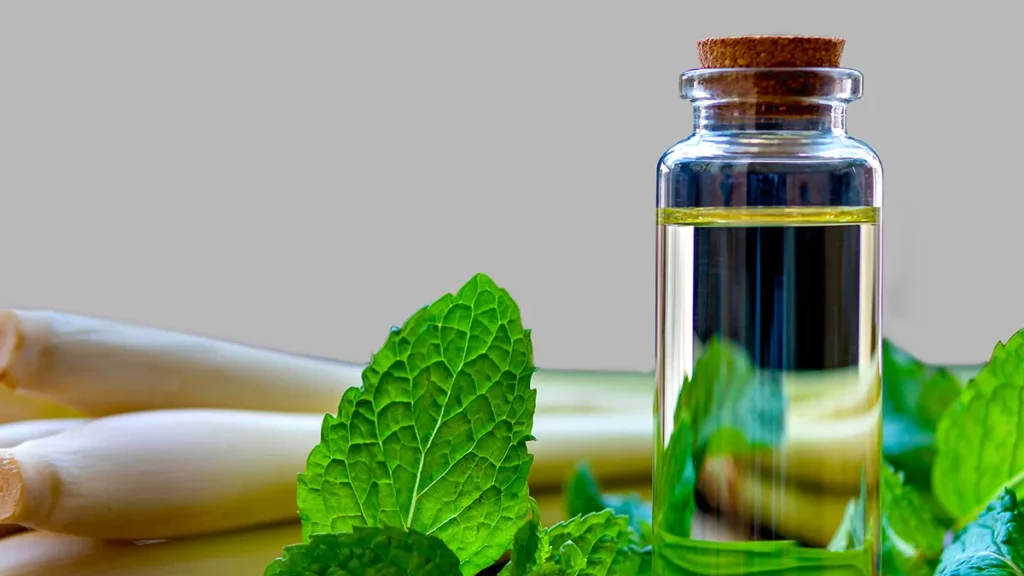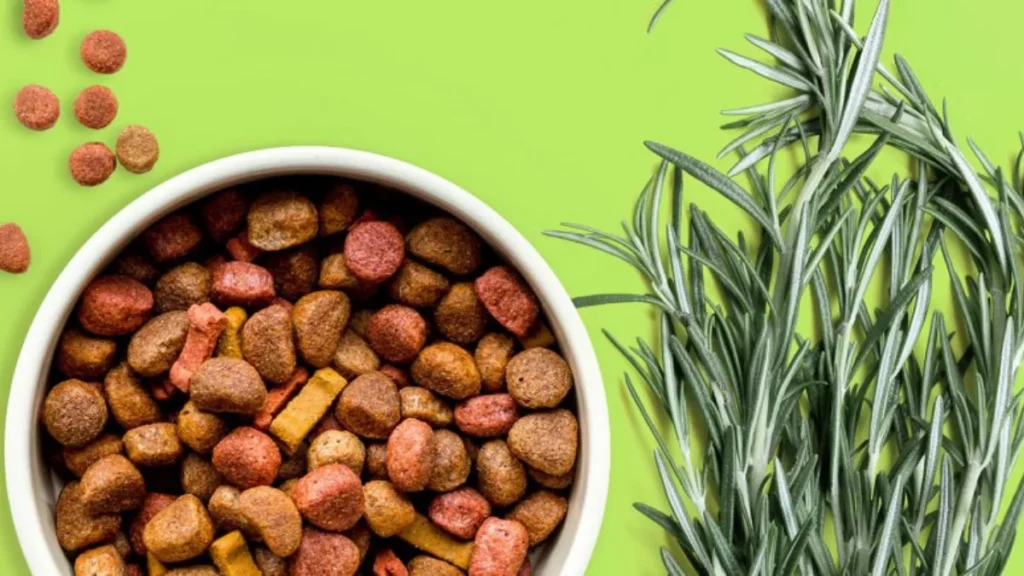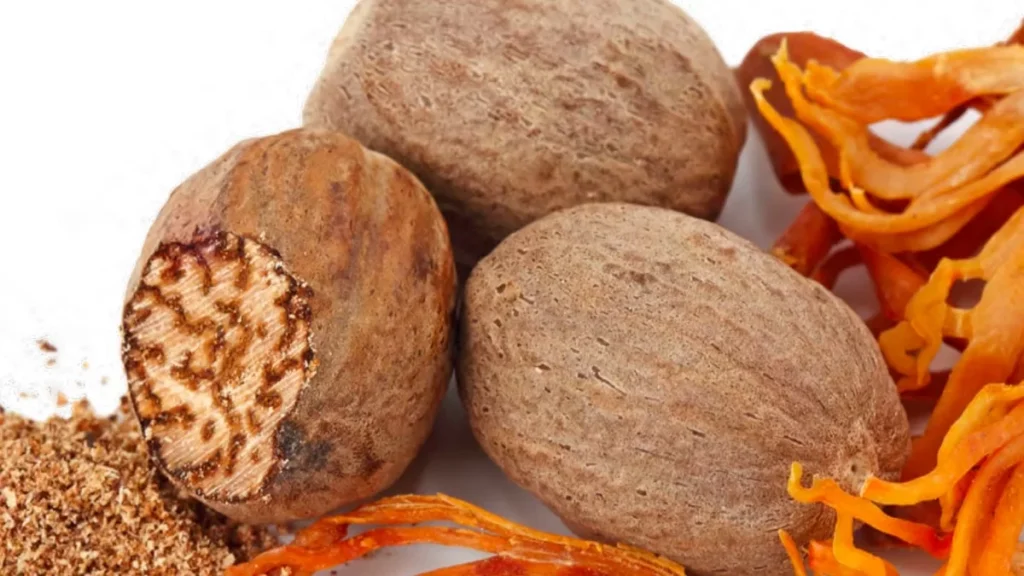Kombucha isn’t just a drink—it’s an experience, beloved for its tangy taste, natural effervescence, and healthful appeal.
Behind every sip lies a fascinating journey of fermentation, where tea, sugar, and a living culture transform into a symphony of complex flavors. From its sweet beginnings to its sharp, vinegary finish, kombucha’s flavor evolves in remarkable ways, making it a standout in the world of fermented beverages.
At Trilogy Flavors, we understand that the science of flavor is as much an art as it is a discipline. With decades of expertise in natural flavor development and enhancement, our scientists collaborate with food and beverage innovators to unlock the potential of fermentation.
In this article, we’ll explore how kombucha fermentation shapes its distinctive taste, what factors influence its flavor profile, and how Trilogy Flavors supports brands in crafting unique and unforgettable kombucha experiences.
Get ready to uncover the secrets that make kombucha a flavor phenomenon!
The Basics of Kombucha Fermentation

Kombucha begins with just a few simple ingredients—tea, sugar, and a SCOBY (Symbiotic Culture of Bacteria and Yeast)—yet transforms into a drink bursting with flavor and complexity. The magic happens during fermentation, a natural process where microorganisms work together to reshape the drink’s chemical composition and taste.
The process starts with brewing tea, typically black or green, which provides the foundation for kombucha’s flavor. Sugar is then added, serving as the essential fuel for the SCOBY.
This living culture, resembling a gelatinous disc, initiates kombucha fermentation by breaking down the sugar into smaller compounds. Over time, the bacteria produce organic acids, such as acetic acid and gluconic acid, giving kombucha its signature tangy and slightly sour notes.
Meanwhile, the yeast generates small amounts of alcohol and carbon dioxide, creating its subtle fizz.
Time and temperature are critical factors in this transformation. Kombucha fermentation typically occurs at room temperature over 7 to 14 days. A shorter fermentation period results in a sweeter, milder kombucha, while longer fermentation develops a more acidic, robust flavor.
Throughout the process, the balance between bacteria and yeast within the SCOBY plays a vital role in determining the final flavor profile.
Kombucha fermentation is a delicate dance of science and nature. Every step, from ingredient selection to fermentation duration, contributes to the drink’s unique character and complexity—a testament to the power of microbes to turn the ordinary into something extraordinary.
Flavor Development During Fermentation
Kombucha’s journey from sweet tea to a tangy, effervescent drink is a fascinating evolution driven by fermentation. As the SCOBY works its magic, the flavor of kombucha transforms in distinct stages, each adding depth and complexity.

Stage 1: Sweet and Mild
In the early days of fermentation, the sugar content is high, giving the tea a sweet and pleasant flavor. At this stage, the yeast begins breaking down sugar into alcohol, while bacteria start producing trace amounts of acids. The flavors are soft and mild, with just a hint of the tanginess to come.
Stage 2: Tangy Transformation
As fermentation progresses, the bacteria take the lead, converting alcohol into acetic acid and other organic acids. This is when kombucha develops its characteristic tartness. Yeast activity introduces subtle fruity or floral notes, creating a more dynamic flavor profile. The interplay of sweetness and acidity makes this stage particularly appealing for those who prefer a balanced taste.
Stage 3: Complex Maturity
In the final phase, the flavors become more layered and robust. Prolonged fermentation reduces the residual sugar, intensifying the tangy and vinegary notes. Additional compounds, such as gluconic acid and esters, contribute to earthy, slightly savory, or even spicy undertones. This stage is ideal for those who enjoy bold, complex flavors that fully capture the essence of fermentation.
Throughout these stages, the balance of bacteria and yeast within the SCOBY ensures a harmonious development of flavors. Environmental factors such as temperature, time, and ingredient selection also influence the final taste. Understanding these stages allows kombucha makers to fine-tune their brews, creating flavor profiles that align with consumer preferences, whether they favor light and sweet or tangy and intense.
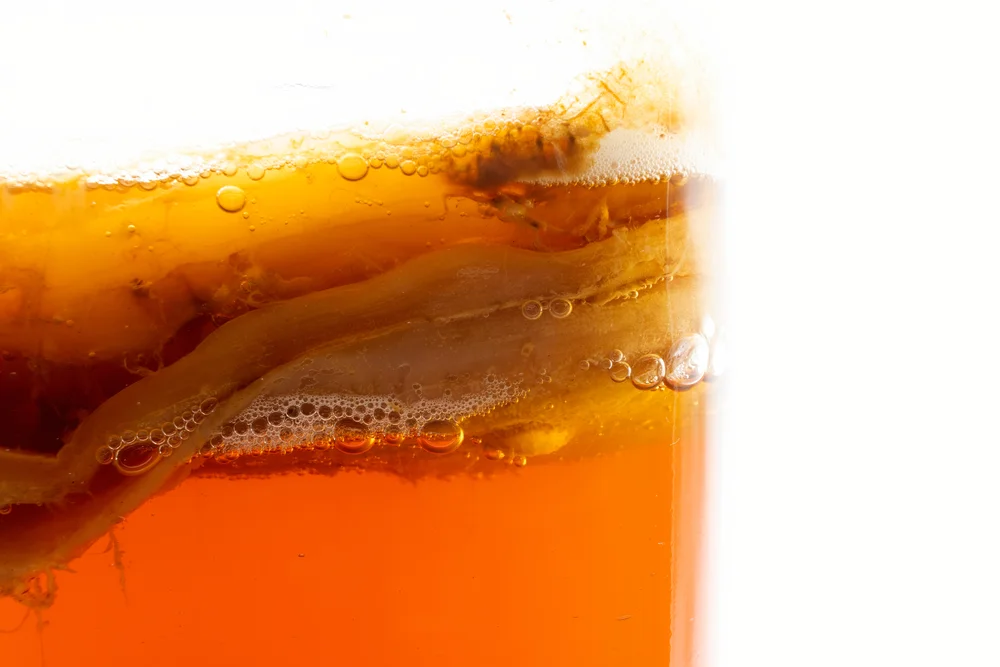
Role of Microorganisms in Flavor Creation
The dynamic flavors of kombucha owe their complexity to the teamwork of microorganisms within the SCOBY (Symbiotic Culture of Bacteria and Yeast). These tiny living organisms drive the fermentation process, each playing a unique role in shaping the beverage’s taste.
Bacteria: The Acid Architects
The bacteria in the SCOBY, primarily acetic acid bacteria (AAB), are responsible for producing the tangy notes that define kombucha.
They metabolize alcohol, created by the yeast, into acetic acid and other organic acids like gluconic and glucuronic acids. These compounds contribute the sharp, vinegary taste while adding depth and a slight savory quality. Beyond flavor, these acids also help preserve the kombucha, ensuring its safety and longevity.
Yeast: The Flavor Enhancers
Yeast is the other key player, responsible for creating alcohol and carbon dioxide during sugar metabolism.
While the alcohol levels in kombucha remain low due to bacterial activity, the yeast also generates esters and other flavor compounds that lend fruity, floral, or spicy undertones. This adds subtle complexities to the drink’s profile, making it more aromatic and multidimensional.
The Symbiotic Relationship
The SCOBY’s true magic lies in the balance between its bacterial and yeast populations.
The yeast provides the bacteria with alcohol as a substrate, and the bacteria, in turn, create acids that regulate the yeast’s growth. This mutualistic relationship ensures that neither dominates, allowing for a consistent and harmonious flavor profile.
Impact on Kombucha’s Flavor Journey
Different strains of bacteria and yeast in the SCOBY can lead to slight variations in flavor.
Some strains may produce more pronounced fruity or floral notes, while others amplify the tanginess or earthiness. This microbial diversity is what gives each batch of kombucha its unique character, making it a beverage of endless possibilities.
By understanding and harnessing the roles of these microorganisms, kombucha makers can craft flavors that cater to a wide range of palates, from the mildly sweet to the boldly tangy. For brands looking to innovate further, expertise in flavor development, like that offered by Trilogy Flavors, can unlock even greater potential in this microbial symphony.
Key Factors Influencing Kombucha Flavor

The flavor of kombucha is as much a product of its ingredients as it is of the fermentation process. Every decision—from the type of tea to the length of fermentation—shapes the drink’s final taste. Here are the key factors that influence kombucha’s unique flavor profile:
1. Type of Tea: The Flavor Foundation
The choice of tea significantly impacts kombucha’s base flavor:
– Black Tea: Adds a bold, rich body with malty or earthy undertones.
– Green Tea: Produces lighter, more delicate flavors with grassy or floral notes.
– Herbal Teas: Offer endless variety, from fruity to spicy, but may require blending with traditional teas to support fermentation.
Each tea type contributes distinct tannins and antioxidants that interact with the SCOBY during fermentation, enhancing depth and complexity.
2. Sugar Source: Sweet Beginnings
While sugar serves as food for the microorganisms, the source of sugar influences the flavor subtly:
– Cane Sugar: A neutral option that allows other flavors to shine.
– Honey: Adds floral or earthy nuances.
– Fruit Juice: Infuses natural sweetness and can enhance fruity profiles.
The sugar choice impacts not only the taste, but also how the fermentation progresses, as different sugars break down at varying rates.
3. Fermentation Duration: From Sweet to Tangy
The length of fermentation plays a critical role in flavor development:
– Short Fermentation (5-7 days): Results in sweeter kombucha with mild tanginess, appealing to those new to the drink.
– Long Fermentation (10-14 days or more): Develops bold, tangy, and complex flavors, with residual sugar almost entirely consumed.
Fermentation time also determines the balance between carbonation and acidity, influencing the overall sensory experience.

4. Additional Ingredients: Secondary Fermentation Enhancements
Infusing fruits, herbs, or spices during secondary fermentation unlocks creative possibilities:
– Fruits: Add natural sweetness and vibrant flavors, like berries, citrus, or mango.
– Herbs and Spices: Introduce aromatic or spicy notes, such as mint, ginger, or cinnamon.
– Blends: Enable customized profiles, from tropical to dessert-like creations.
These additions not only enhance the flavor but also contribute visually appealing colors and textures.
5. Environmental Factors: The Fermentation Ecosystem
Temperature, humidity, and even the shape of the brewing vessel affect how the SCOBY operates.
– Warm Temperatures: Speed up fermentation, intensifying tanginess.
– Cool Temperatures: Slow the process, preserving sweeter notes.
The environment must remain stable to maintain the balance of yeast and bacteria, ensuring a consistent flavor.
Kombucha’s flavor is a delicate interplay of ingredients, process, and environment. By fine-tuning these factors, brewers can create beverages that range from approachable and sweet to bold and adventurous.
For brands aiming to stand out, Trilogy Flavors offers expertise in amplifying these natural flavors, ensuring a perfect balance for every palate.
Why Fermentation Flavor Science Matters
In today’s food and beverage landscape, consumers are seeking more than just products—they’re craving experiences. Kombucha, with its bold, complex flavors and perceived health benefits, has become a standout player in the functional beverage market.
At the heart of its appeal lies the science of fermentation, a process that transforms simple ingredients into a sophisticated symphony of tastes. But why does understanding this process matter so much?
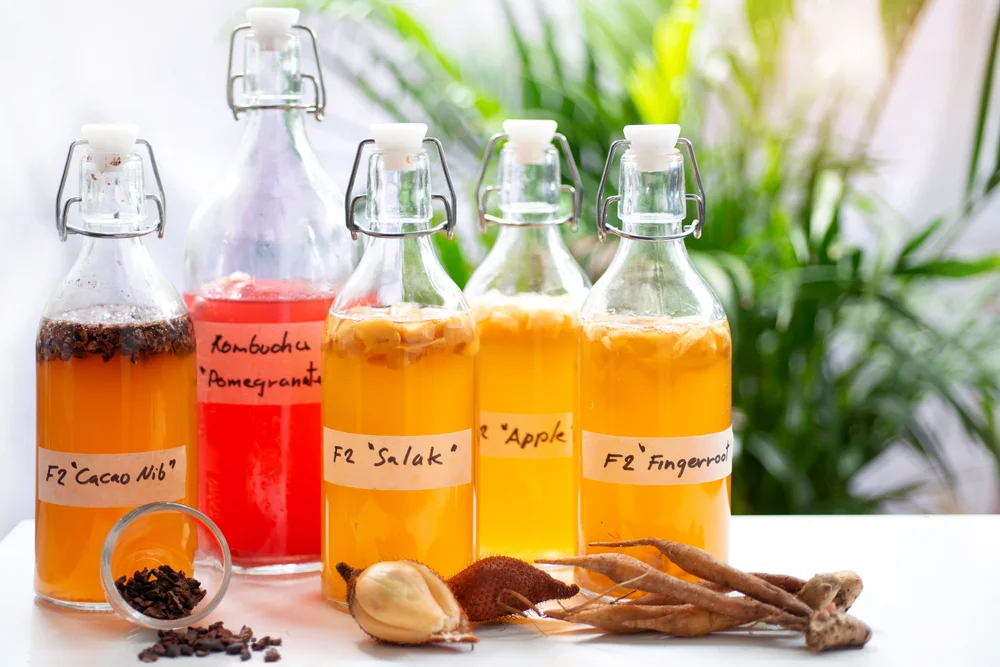
Meeting Consumer Demand for Natural and Complex Flavors
Modern consumers are increasingly drawn to natural products with clean labels and artisanal qualities. Fermentation delivers on these expectations, producing flavors that are authentic, layered, and free from artificial additives.
Kombucha’s natural effervescence and its balance of tangy, sweet, and earthy notes exemplify the kind of authenticity that resonates with today’s discerning audience.
2. Unleashing Creativity in Product Development
Fermentation offers virtually endless possibilities for innovation. By experimenting with different teas, sugar sources, and secondary fermentation ingredients, brands can craft unique flavor profiles that stand out in a competitive market.
Understanding the science behind flavor creation allows companies to refine their recipes and push the boundaries of what kombucha can be.
3. Ensuring Consistency and Quality
While fermentation is a natural process, it requires careful control to achieve consistent results. Factors like the balance of microorganisms, fermentation time, and environmental conditions can all impact flavor.
A scientific approach ensures that each batch meets the same high standards, delivering reliable quality to consumers.
Additional Reading: Sipping on Tea Trends
4. Riding the Fermented Beverage Trend
The global interest in fermented foods and beverages is growing rapidly. From kimchi to kefir, consumers are embracing the unique tastes and health benefits associated with fermentation.
Kombucha is at the forefront of this movement, offering a versatile base for innovation, from low-alcohol alternatives to cocktail mixers.
5. How Trilogy Flavors Advances Fermentation Innovation
As the demand for kombucha and other fermented beverages grows, so does the need for expertise in flavor enhancement. Trilogy Flavors specializes in amplifying natural flavor profiles, ensuring that every note—from tangy and tart to fruity and floral—reaches its full potential.
By leveraging scientific insight and creative formulation, Trilogy helps brands deliver unforgettable taste experiences.
Trilogy has developed a collection of flavors that deliver great taste to kombucha drinks while maintaining a healthy product profile, including: Blood Orange Ginger, Peach Ginger, Strawberry Basil, Strawberry Lemonade, Mango Habanero, Lavender Lemonade, Blueberry Mint, Pineapple Mango,
In the world of kombucha, fermentation isn’t just a process—it’s the essence of the product.
Understanding the science behind it allows brands to create beverages that are not only delicious but also aligned with consumer desires for health, authenticity, and innovation.
For companies looking to elevate their offerings, expertise in fermentation flavor science is the key to unlocking new possibilities.
Additional Reading: View top 10 facts about kombucha

Conclusion
Kombucha’s journey from sweet tea to a tangy, effervescent drink is a testament to the transformative power of fermentation. Through the interplay of tea, sugar, and the SCOBY, a simple base evolves into a beverage rich with complexity and character.
From the nuanced roles of bacteria and yeast to the influence of ingredients and environmental factors, every step in the process contributes to kombucha’s unique flavor profile.
As the popularity of fermented beverages continues to grow, the opportunity for innovation in this space is boundless. By mastering the art and science of flavor development, brands can craft kombucha that delights a wide range of palates—from those new to the drink to seasoned enthusiasts seeking bold and adventurous tastes.
At Trilogy Flavors, we specialize in helping brands harness the full potential of fermentation. Whether you’re looking to refine a classic recipe or create a groundbreaking new flavor, our expertise in natural flavor formulations and enhancements can elevate your kombucha to the next level.



